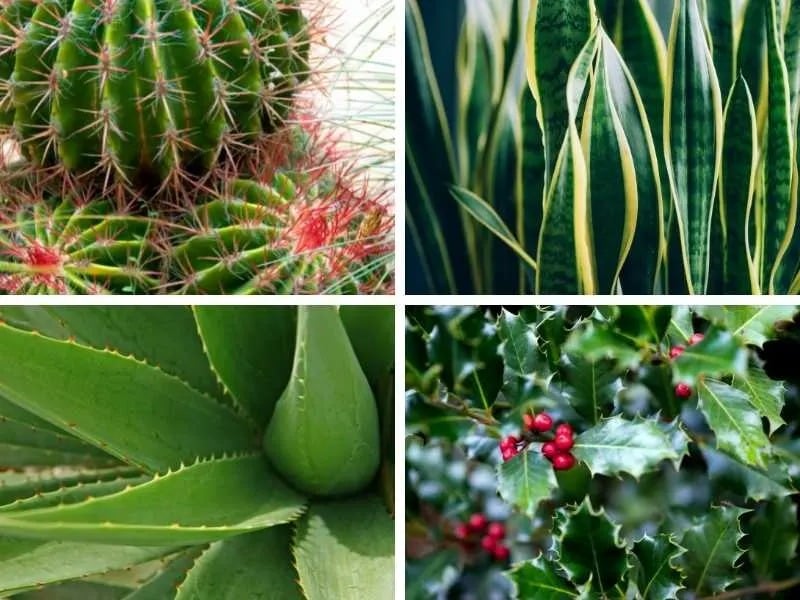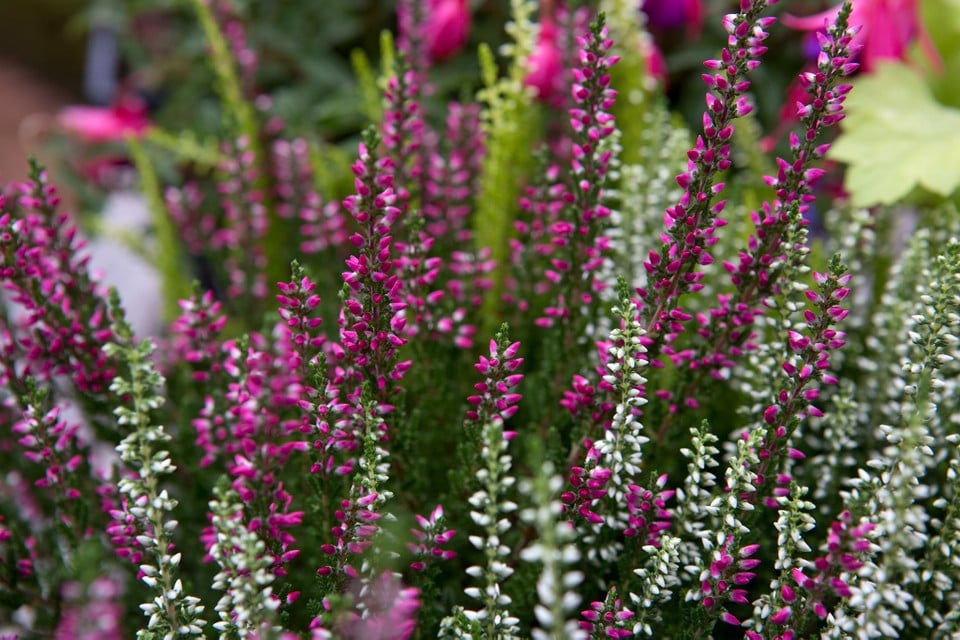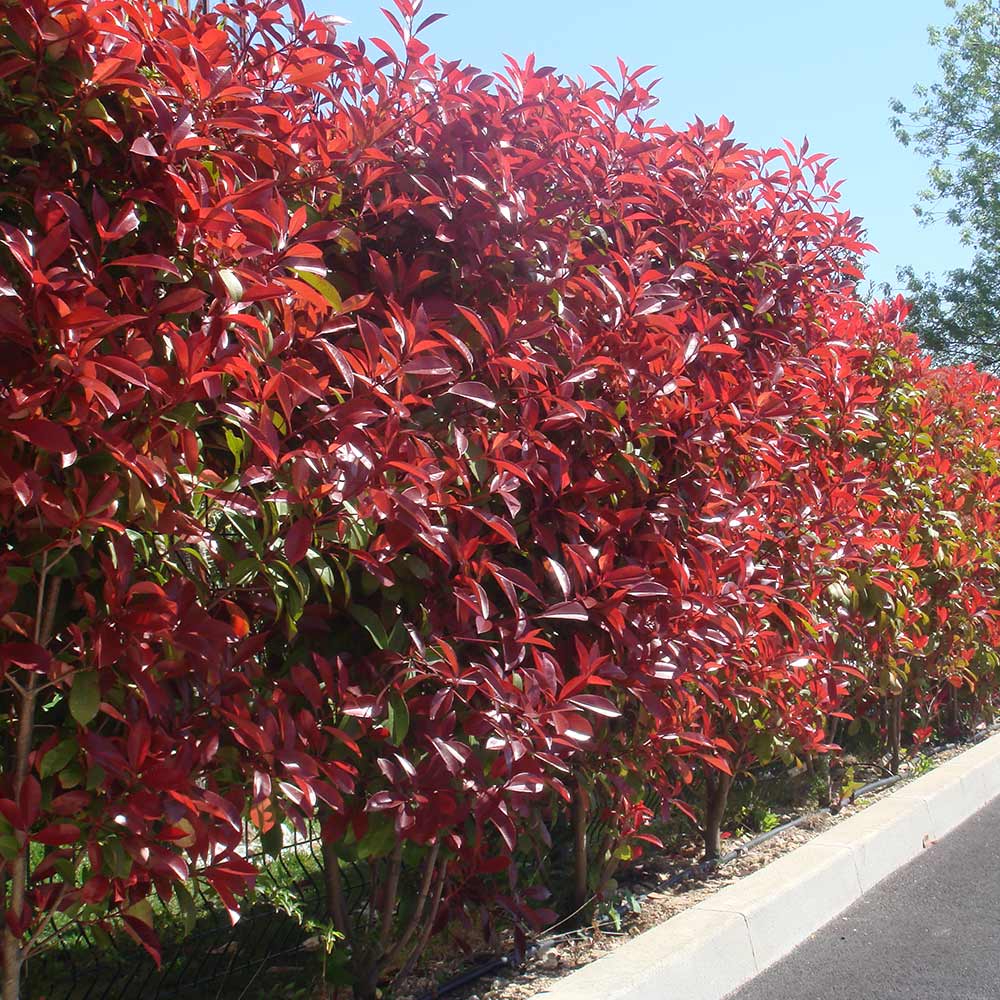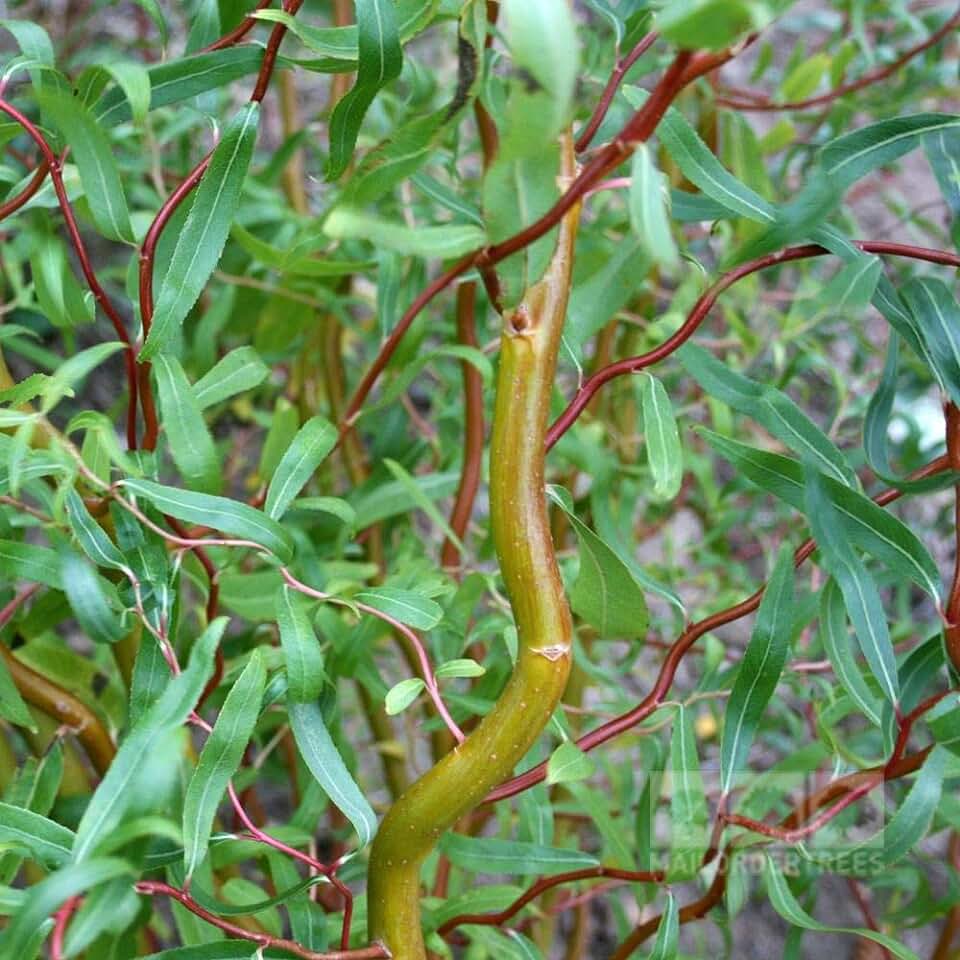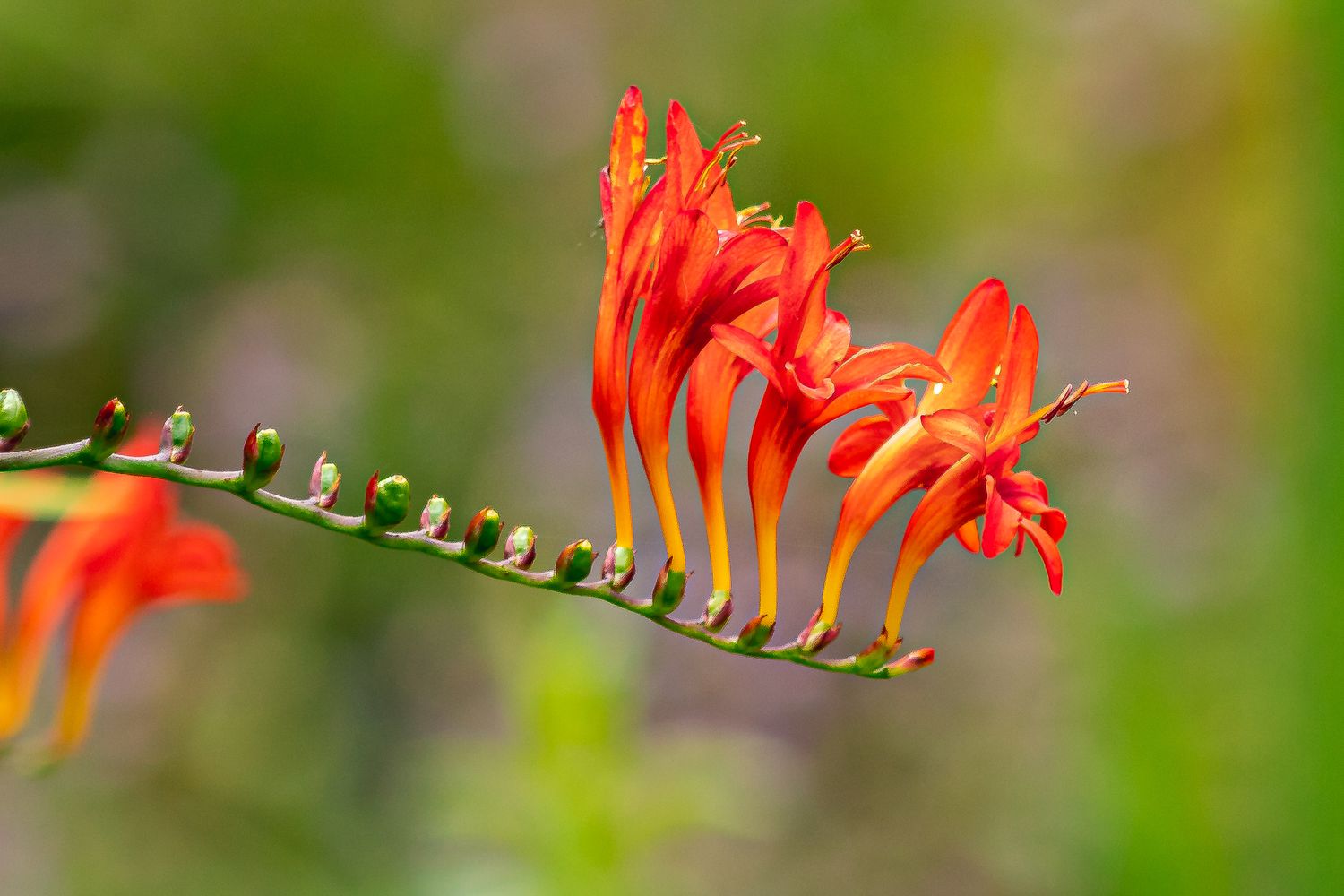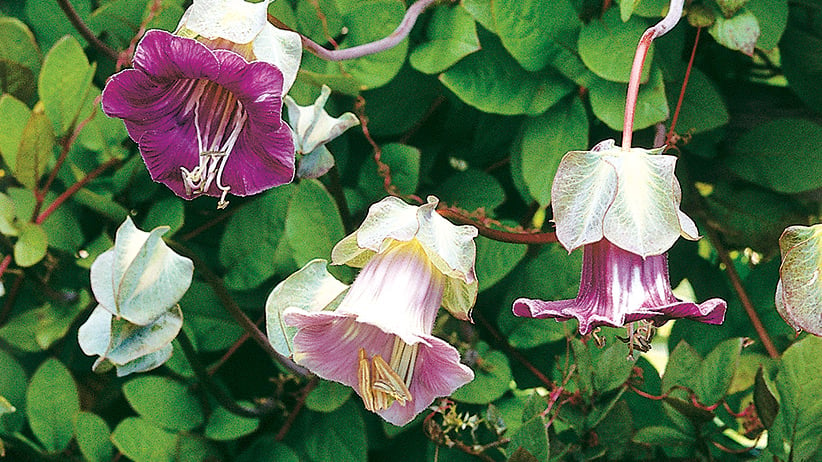How to Stake Salvias
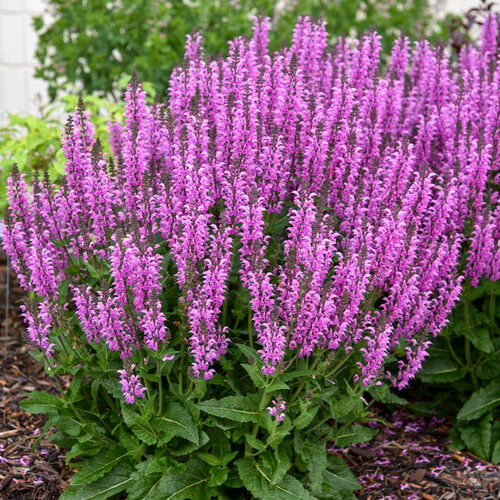
Table of Contents
Salvias are a close relative of the mint family, including rosemary, thyme, lavender, and basil, and have close to 1,000 species worldwide. The culinary herb used in cooking, common sage, is related to ornamental salvias. The flowers come in shades of white, red, pink, dark purple, lavender, blue, and even yellow at times. The plant has square stems and narrow, velvety green leaves.
Salvias typically bloom from late spring until fall, though certain varieties can start blooming a little early or a little later. Plant salvias if you want to attract pollinators like hummingbirds, butterflies, and bees, for they love the blossoms.
The problems with salvias range from overwatering to underwatering, annoying insect infestations, the plant not flowering, and transplant shock. The most major problem is the long stalks from flopping and drooping. You will need to stake your salvias to keep them from drooping.
How to Stake Salvias
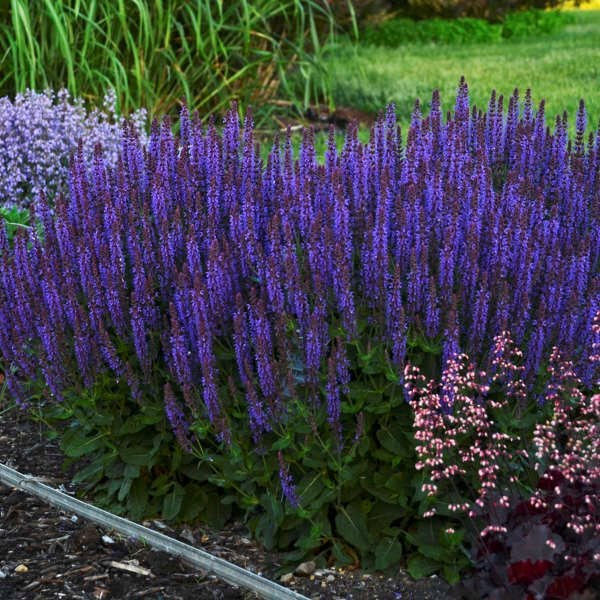
Salvias are considered to be a fairly versatile and strong plant, but they are not free from problems like insects and powdery leaves. Too much rain, too much fertilizer, or too little sunlight causes the flopping of Salvias. Waterlogged plants indicate the root system is too crowded and not getting enough oxygen. The weight of the water can also cause the stems and leaves to droop.
Growing Salvia requires a very important step known as staking. Salvias have long, wiry stems that need additional support to keep them from drooping or breaking.
Easy Steps to Stake Your Salvias
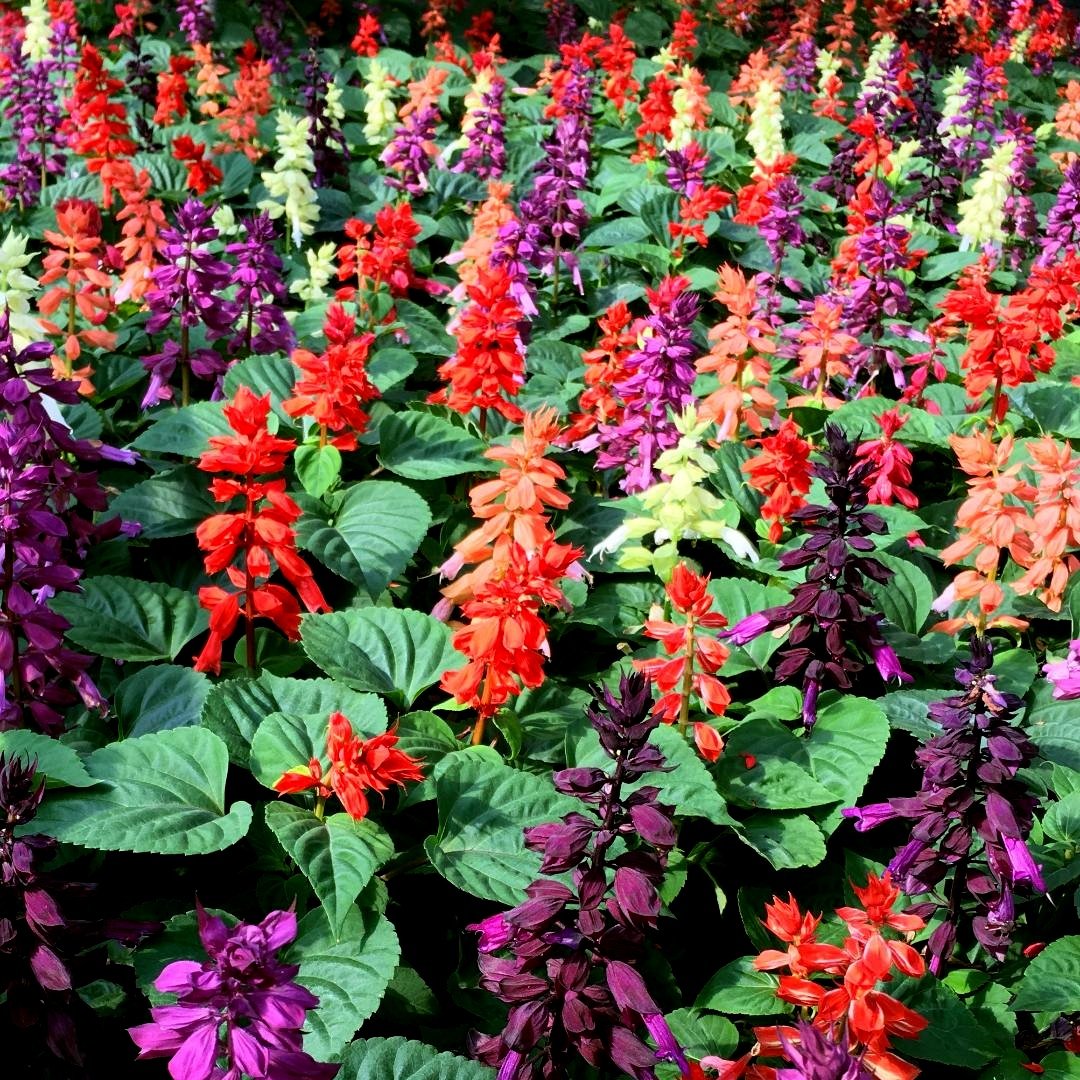
1. Choose the Right Time
Stake your salvias when they are still young or just before they start to grow tall and become top-heavy. This will prevent them from bending or breaking.
2. Insert Stakes
Place the stakes around the perimeter of the salvia plant, evenly spaced. Push them into the ground firmly to provide stable support.
3. Secure the Salvia
Gently gather the salvia stems and secure them to the stakes using twine or ties. Do not tie them too tightly so as not to damage the stems. Leave some room for growth.
4. Monitor and Adjust
As the salvias grow, check the ties regularly to ensure they are not constricting the plant. Adjust them as needed to accommodate growth. You may also need to trim any dead or excess growth to maintain a tidy appearance.
5. Remove Stakes
Once the salvias have become established and can support themselves without bending, you can remove the stakes and ties.
Materials You Will Need to Stake Salvias
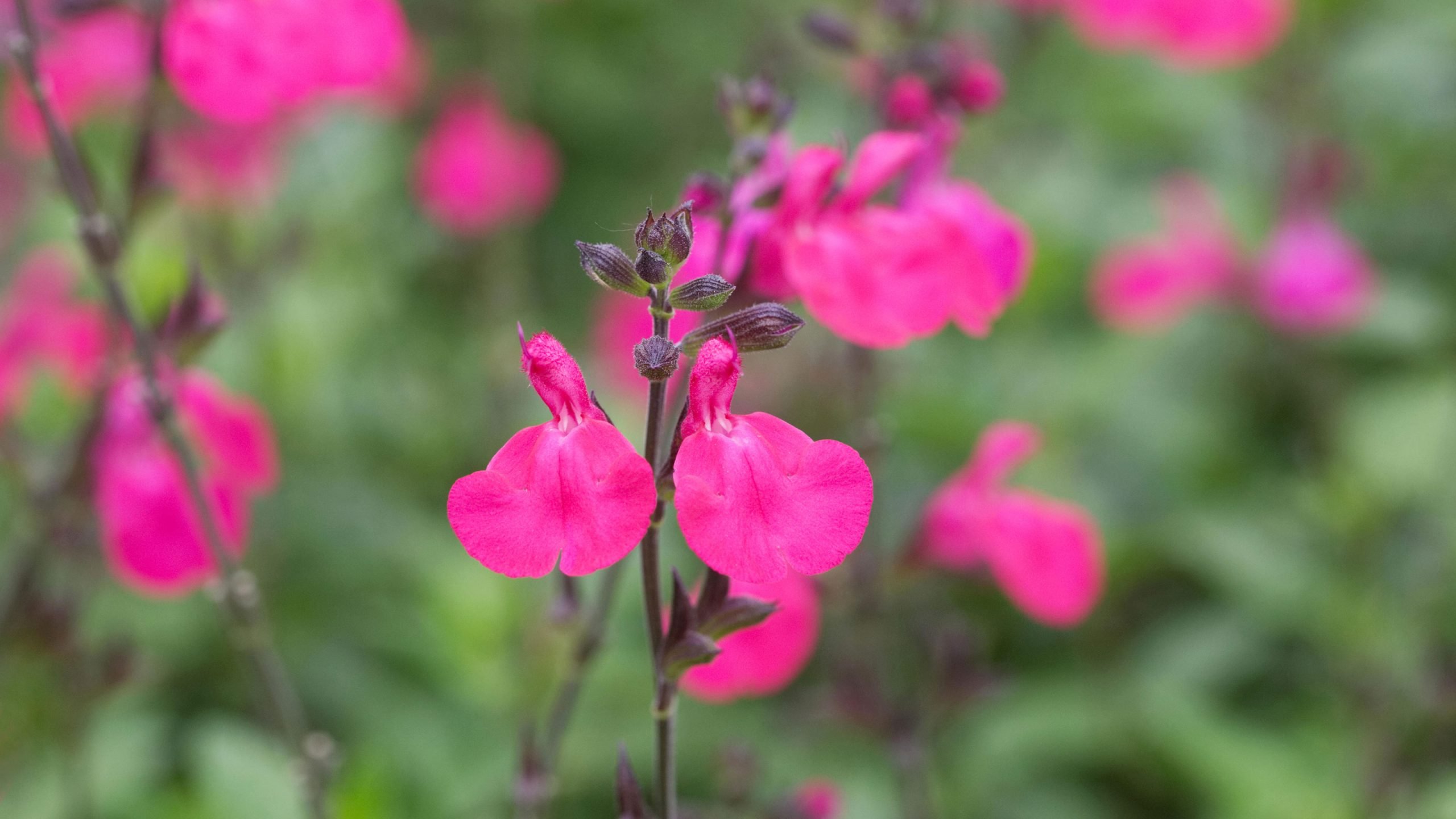
Depending on the size of the salvias and the kind of support they need, you will need different types of materials to stake these plants.
1. Stakes
You will need sturdy stakes made of wood or metal to support the salvias. The height of the stakes should be at least a foot taller than the mature height of the salvia plants.
2. Twine or Garden Ties
You’ll need garden twine or ties to secure the salvias to the stakes. Soft and flexible materials are ideal, as they won’t damage the plants as they grow.
3. Scissors or Pruners
These are needed to cut the twine or ties to the desired length and to trim any excess growth on the salvias as needed.
4. Rubber Bands or Velcro Straps
While twine or ties work well, rubber bands or Velcro straps can also be used to secure the plants to the stakes and provide additional flexibility as the salvias grow.
Some other things to remember are to water your salvias regularly and provide appropriate care to ensure healthy growth, choose stakes that blend with the garden’s aesthetics to maintain a pleasing visual appearance, and stake salvias before they start flowering to avoid damaging delicate blooms.
Watering Your Salvias After Staking
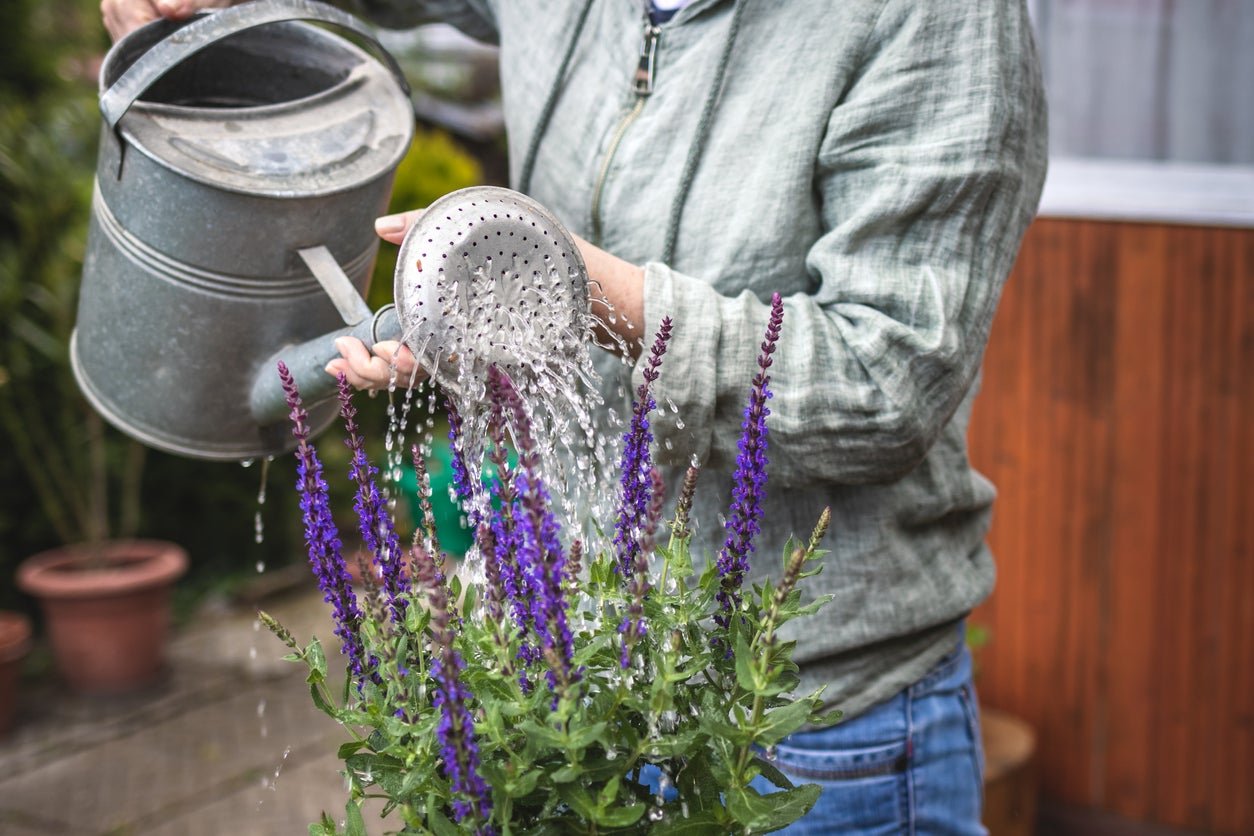
The frequency of watering your salvias after staking them depends on several factors, including the type of salvia, the climate in your region, the soil quality, and the size of the plants. Here are some general guidelines to help you determine when and how often to water staked salvias
1. Type of Salvia
Different species and varieties of salvias have varying water requirements. Some are more drought-tolerant, while others prefer consistently moist soil. Research the specific type of salvia you have to understand its water needs.
2. Climate
The climate in your region plays a significant role in watering frequency. In hot, dry climates, salvias may require more frequent watering, while in cooler and more humid regions, they may need less.
3. Soil Quality
Well-draining soil is crucial for salvias. Ensure your soil allows excess water to drain away from the root zone. If the soil is heavy or clayey, it may retain water for longer periods, so be cautious not to overwater.
4. Plant Size
Young salvias typically need more frequent watering than established, mature plants. As they grow and develop a deeper root system, their water requirements may decrease.
5. Weather Conditions
Pay attention to weather conditions. If you’ve recently staked your salvias during a period of intense heat or dry spells, they may need more frequent watering to help them establish and recover.
Since Salvias are quite resilient, they can go without water for a while, but it is better to keep up a consistent watering routine.
Conclusion
Salvias are a diverse and vibrant group of flowering herbs and shrubs that grace gardens worldwide. Known for their striking, often brightly colored tubular flowers and fragrant petals, salvias come in various species and varieties, making them a favorite among gardeners.
Staking salvias is a straightforward process that involves selecting sturdy stakes, securing the plants with soft ties, and adjusting them as the salvias grow. Proper staking not only prevents flopping but also maintains the plants’ health and aesthetics, allowing you to enjoy their beauty in your garden throughout the growing season.

